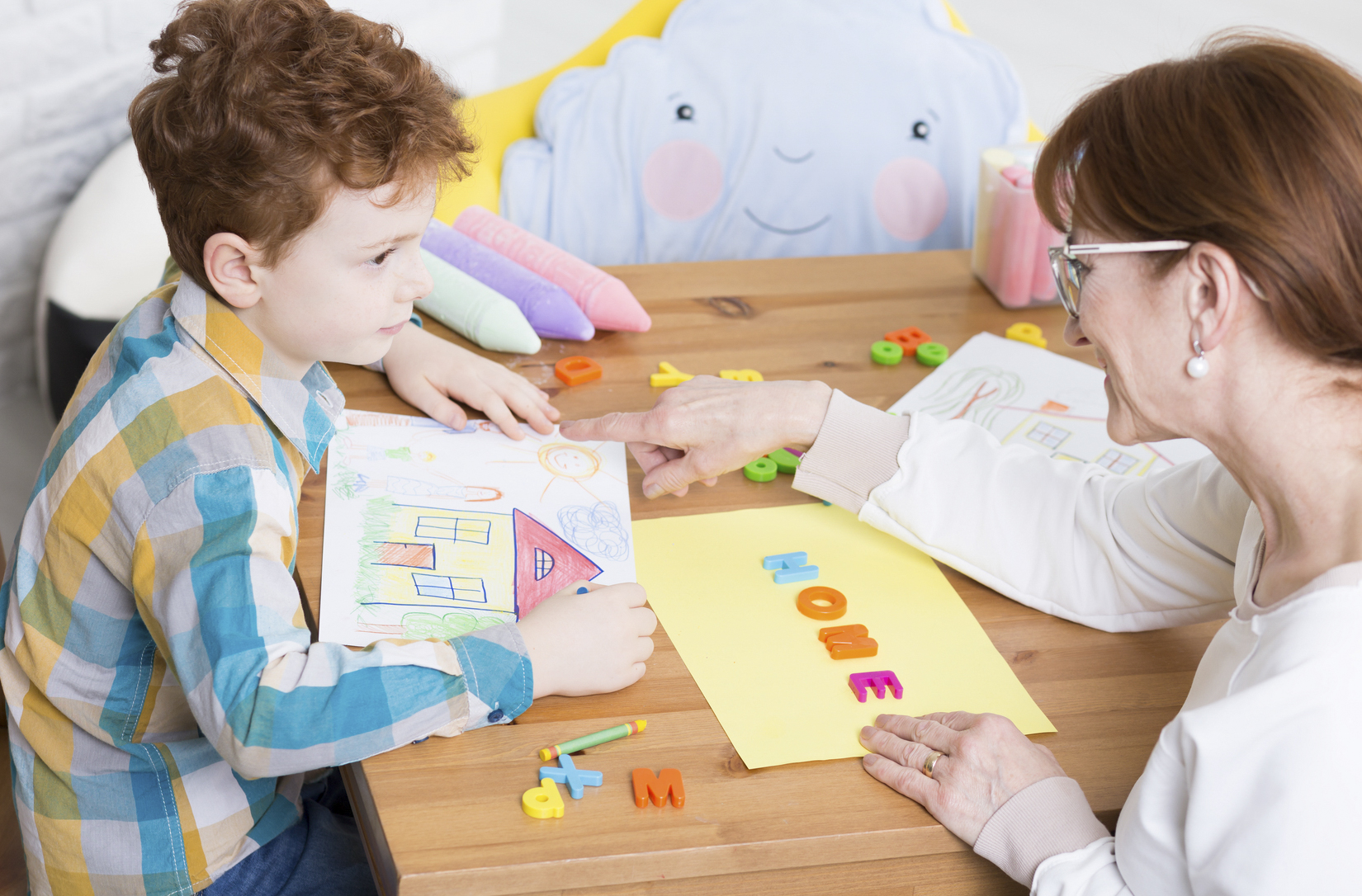
Speech Therapy
Speech Therapy is the pathology of speech and language. Our pediatric speech pathologist specializes in working with children with diagnosis and children with minor delays in speech. During our structures one to one speech therapy session speech therapist work on the following impairments.
- Apraxia: inability to perform purposive actions, as a result of brain damage.
- Articulation/Phonology: the formation of clear and distinct sounds in speech.
- Auditory Processing disorder: is a deficit in a person’s ability to internally process and/or comprehend sounds.
- Beckman Oral Motor Approach: uses assisted movement and stretch reflexes to quantify response to pressure and movement, range, strength, variety and control of movement for the lips cheeks, jaw, tongue and soft palate.
- Cognitive Retraining: is a therapeutic strategy that seeks to improve or restore a person’s skills in the areas of paying attention, remembering, organizing, reasoning and understanding, problem-solving, decision making, and higher level cognitive abilities.
- Feeding/Swallowing: evaluation and treatment for individuals with swallowing and feeding problems
- Receptive Language Disorders: Individuals who have difficulties understanding what is said to them.
- Expressive Language Disorder: difficulty using words to communicate needs and ideas.
- Social/Pragmatic Skills: Pragmatic language is the use of appropriate communication in social situations (knowing what to say, how to say it, and when to say it).
- Fluency Disorders: an interruption in the flow of speaking characterized by atypical rate, rhythm, and disfluencies
- Vocabulary building: strategies to help commit words to memory.
- PECS Trained: The Picture Exchange Communication System, or PECS, allows people with little or no communication abilities to communicate using pictures.
- PROMPT trained: is a tactile-kinesthetic approach to speech therapy, which means that the speech-language pathologist uses touch cues on the client’s face (vocal folds, jaw, lips, tongue), to support and shape correct movement of these articulators.
- Oral Sensory Approach: structured sensory and movement experiences
